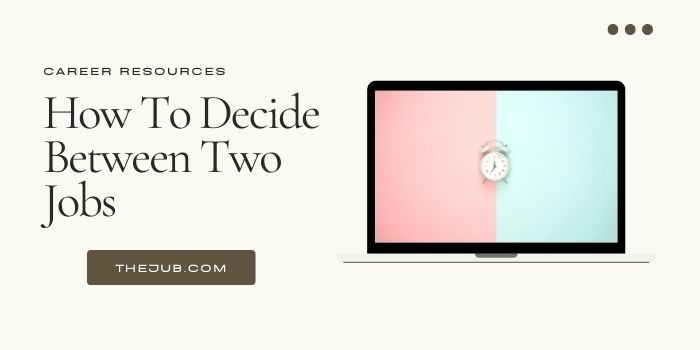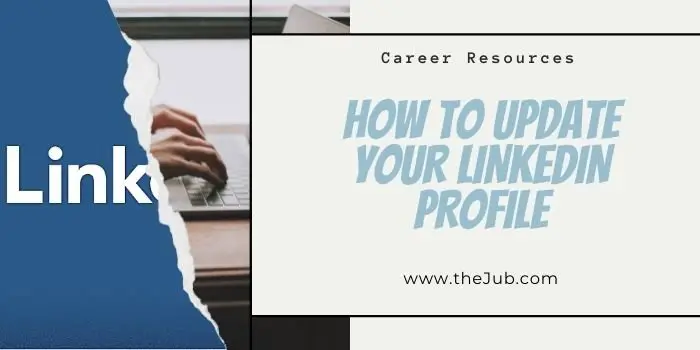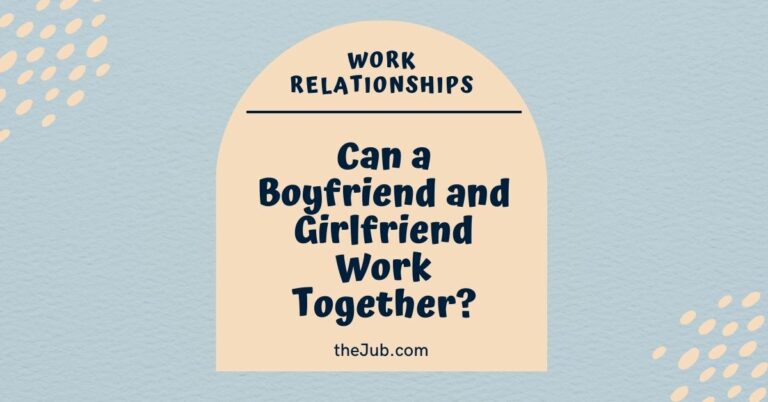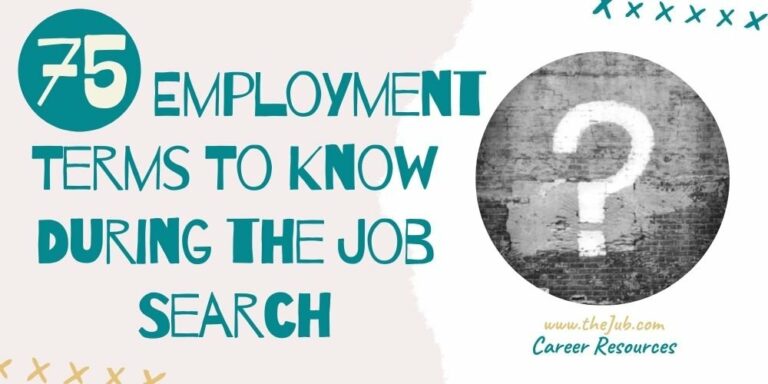What Types of Unemployment Are There?
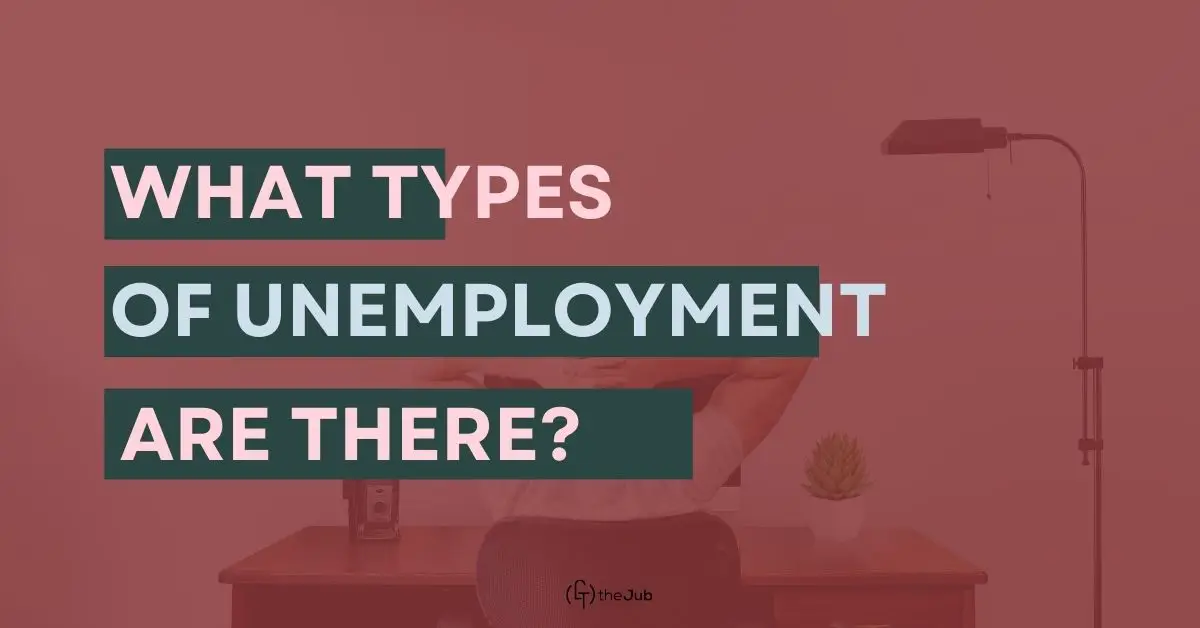
Unemployment is a complex and multifaceted issue that affects millions of people worldwide, impacting individual lives, businesses, and the broader economy.
While most people are familiar with the general concept of unemployment, fewer understand the nuances behind the various types that exist.
Here, we will dive into the different types of unemployment—frictional, structural, and cyclical—examining their causes, characteristics, and implications on both a personal and societal level.
By understanding these distinctions, we can better grasp the underlying factors that contribute to joblessness and explore potential solutions for mitigating its negative consequences.
What Types of Unemployment Are There?
The three significant kinds of unemployment are structural, cyclical, and frictional. These types of unemployment aren’t easily measured and can frequently overlap, but they can still provide an effective way to think about unemployment.
Understanding the different kinds of unemployment can help identify the various factors that result in unemployment.
Specific measures of unemployment comprise other groups, like those who are discouraged and don’t look for work or are employed less than full-time even though they want full-time jobs.
Frictional Unemployment
This type of unemployment is a natural and inevitable part of the job market. It occurs when people are temporarily between jobs, such as recent graduates entering the workforce or individuals transitioning between positions.
Frictional unemployment is generally short-term and reflects the time it takes for job seekers to find suitable employment while also accounting for employers searching for the right candidates.
Structural Unemployment
Structural unemployment arises from a mismatch between the skills of available workers and the skills demanded by employers.
This type of unemployment can be caused by technological advancements, which may render specific jobs obsolete or shifts in the economy that lead to a decline in specific industries. Structural unemployment is often more long-term and requires targeted interventions, such as retraining or education programs, to help affected workers acquire new skills that are in demand.
Cyclical Unemployment
Cyclical unemployment is directly tied to fluctuations in the overall economy. During economic growth, demand for goods and services increases, leading to higher employment levels.
Conversely, demand decreases during economic downturns or recessions, resulting in job losses and increased unemployment.
Cyclical unemployment can be challenging to address as broader economic trends influence it and may require government intervention through monetary or fiscal policies to stimulate growth and job creation.
Frequently Asked Questions (FAQ)
Who Pays for Unemployment?
Unemployment benefits are financed through federal and state taxes on employers. State taxes differ, so follow up with your specific circumstances, but the federal unemployment tax is typically 6 percent of the first $7,000 of an employee’s annual earnings.
How Can You Decrease Unemployment?
Practical strategies for reducing unemployment depend on the kind of unemployment you want. In the case of structural unemployment, for instance, reducing unemployment requires training programs to offer new skills to the people who have been displaced. Reducing cyclical unemployment usually relies on monetary and fiscal interventions by the government.
How Long Can Someone Be On Unemployment?
The length of time for receiving unemployment benefits is different for each state. The majority of states offer benefits for up to 26 weeks. Other states have shorter limits, while few states provide more.
What Are the Consequences of Unemployment in an Economy?
The ability to reduce unemployment is crucial to the stability of the economy. Long-term and high-risk unemployment could create significant stress for the country in three critical areas:
- Individuals: Without employment, people cannot meet their financial needs and end up physically stressed, sick, or even homeless.
- Economic Efficiency: In times of high unemployment, most job seekers take on jobs below their skills, known as “underemployment,” which means a loss of workforce in the labor market. The unemployed also reduce their spending on consumer goods, the major driving factor for economic development. If consumers do not spend money, the economy will drop dramatically.
- Socio-Political Stability: If unemployment is high, citizens’ discontent could grow to widespread civil discontent.
Title: what types of unemployment are there
Category: Development
Author: Becky is a contributor for theJub. She’s a writing and talent acquisition specialist who loves to apply her skills through creative writing and editing.

